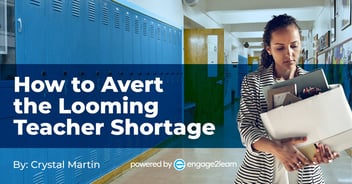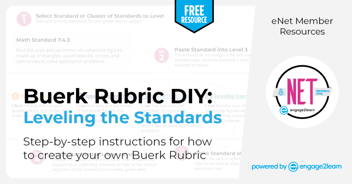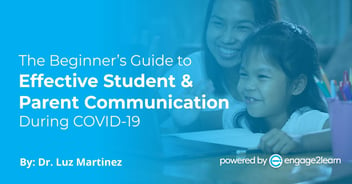4 Steps to Enhancing Your Classroom Learning Environment | engage2learn
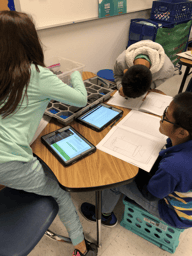
One of my close friends told me that her son loved his 5th-grade learning experience. She said he would come home every day saying how cool his teacher was and how they were learning in groups and were allowed to sit wherever they learned best. He looked forward to going to school, and she didn’t have to fuss with him about doing homework, getting up early, or missing school. Her son was highly motivated, had high academic performance, and was mastering Life Ready Skills. He loved his teacher and his classmates, and it showed!
As I reminisce on this conversation, I asked myself: What does it take to provide every student in every classroom a great learning experience?
I began to imagine the possibilities and realized that the most successful teachers I know implement these four easy steps when enhancing their students’ learning experience, not by chance, but by design.
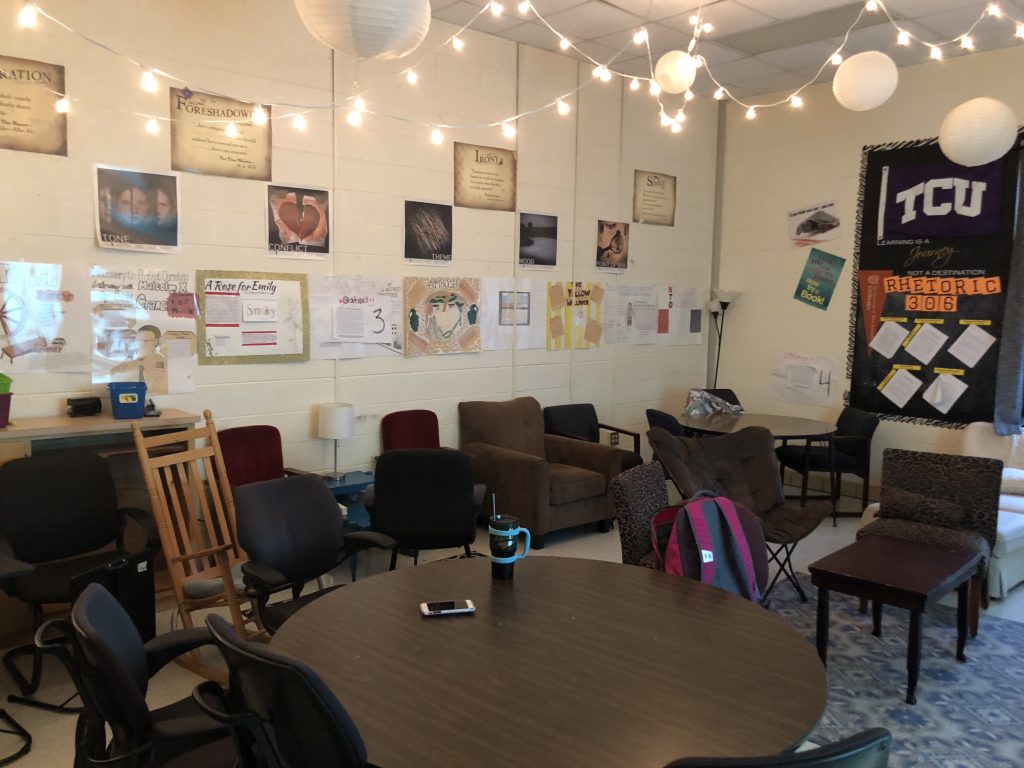
Step 1: Innovative Learning Environment – “Not by Chance, but by Design”
Designing the kind of learning experience you want your students to have does not happen by magic. It requires intentional design, reflection, and iterations as you consider data and students’ needs as well as seek and receive feedback from all stakeholders. The resource Learning Environment DIY will help you design a roadmap of this process. Reflect on the following points:
- How would students be grouped?
- Would presentation space be needed? Where?
- How can I use furniture to create team workspaces for groups of 3 or 5?
- Where might I create space for small group workshops?
- Where will I display resources for students to access?
- Where can I provide places for students to work or practice alone and be reflective?
- How can I use furniture to make my classroom space more flexible?
- How can I ensure my classroom meets all my students’ needs?
- How can I set up my classroom to be easily reconfigured when needed?
Step 2: Offer Flexible Seating Options – “Sit where you learn best”
Next, imagine telling your students as they walk in your classroom every day: sit where you learn best. You may be asking yourself if transforming your learning environment is mostly about furniture and seating configurations? Well, not exactly, but it’s a good place to start. No doubt, you should consider the tips below when designing your classroom’s flexible seating.
- Design creative and flexible seating areas and workspaces.
- Provide multiple seating options, such as couches, conventional student tables and chairs, stools, exercise balls, modern-like school chairs, high and low tables, mats and carpets, cushions and pillows, bean bags, etc. The sky’s the limit! Click here for pictures and great ideas.
- Don’t have money to do it? Don’t let that stop you. Ask, and you shall receive! Seek donations from your stakeholders. Click here for donation ideas.
- Above all, be creative, ask your students and colleagues for ideas and suggestions, and then let your imagination guide you.
Step 3: Design Classroom Configurations – “Think Outside the Box”
You are now ready to design your classroom configuration. Include a healthy mix of traditional and innovative spaces. Be creative while considering seating options that address your students’ learning needs, styles, and personalities.
- Will you have zones or stations for individual and collaborative learning, storage, technology, learning resources, small group instruction, etc.? Check here for ideas and suggestions.
- What about accessibility and safety? Review movement ability around the classroom, students’ needs (wheelchair access, learning disabilities, needs, preferences).
- Draw a map. Play with various options. Solicit feedback and ideas from students and colleagues. Let your imagination guide you.
Step 4: Iterate your Plan as Needed: Innovation Demands it!
Remember that as your students gain confidence or as you experiment with innovative teaching strategies, it’s ok to iterate your learning environment as often as needed. Whatever decisions you make, remember that the key is to remain flexible and attentive to instructional goals and the needs of your students.
- Communicate clearly the changes made and provide time for students to get accustomed to expectations and norms.
- Facilitate autonomy and collaboration by creating a process of teaming, setting norms, learning goals, and plans.
- Don’t be reluctant to restructure collaborative groups based on data, tasks, students’ needs, mastery, or instructional strategies. Remember that from time to time, it may be necessary to assign students to specific workspaces, dictate specific rotations, or clarify engagement expectations.
Still Don’t Think it Works? “Here’s an Exemplar of this Transformative Innovation”
You may be asking why should I be doing all this work, and why does it matter? A school in Virginia decided to implement flexible seating in all their classrooms, along with collaborative and student-centered learning experiences. A lot of planning and collaboration went into doing this school-wide transformation. After a year of implementing the plan with fidelity while also making iterations based on feedback and data, they have evidence to demonstrate that this transformation positively impacted student engagement, achievement, and satisfaction. A high school teacher I know designed an innovative and flexible learning environment for her students. Although she didn’t have the means to purchase new furniture, she asked her principal, students, parents, and colleagues to help her. The support she received was overwhelming! In no time, her learning environment was transformed with lamps, rocking chairs, couches, conventional chairs, students’ desks, recliners, bean bags, high and low tables/desks, carpet area, silent work corner, technology and storage areas, as well as individual and collaborative areas. Students collaborated to determine the best configuration for the learning spaces and worked together to develop academic expectations and social interactions. It was an outstanding student-led collaborative process!
At the end of the school year, she told me that this was the best year she and her students ever had. With more engagement students, she did not have significant behavior issues either. Her students developed outstanding collaboration, autonomy, and communication skills. She was a highly motivated teacher. Her students’ learning experience was highly positive, and compared to last year’s students, they also performed significantly better on their end-of-course test. It was a win-win for all!
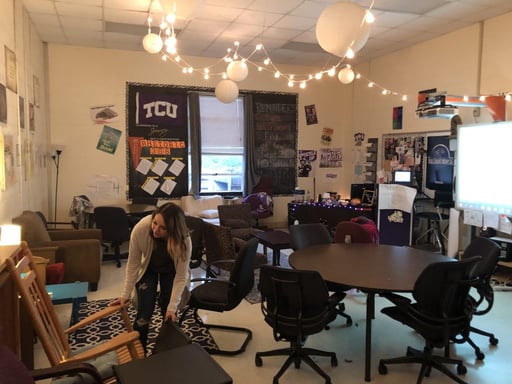
A Call to Action
Wouldn’t it be great if your students could experience this kind of success too? What’s keeping you from doing this? Remember that just like my friend’s son enjoyed his 5th-grade learning experience, your students will enjoy coming to your classroom, learning and reaching their potential too. They will, no doubt, thank you for providing them with an innovative, engaging and fun learning environment. I know that it’s not easy letting go of the familiar, but the process of transforming your learning environment must include a process of acculturation for you and your students. So, honor the anxiety and the challenges associated with this transformation and remember that “The secret of change is to focus all of your energy not on fighting the old, but on building the new.” (Socrates). The possibilities are truly endless and the success you and your students will experience will be well worth the effort! You got this!

